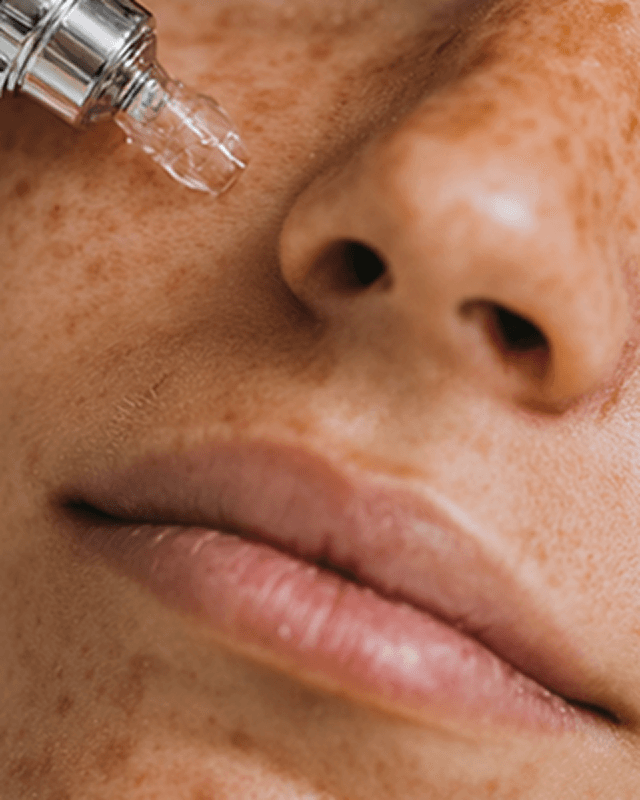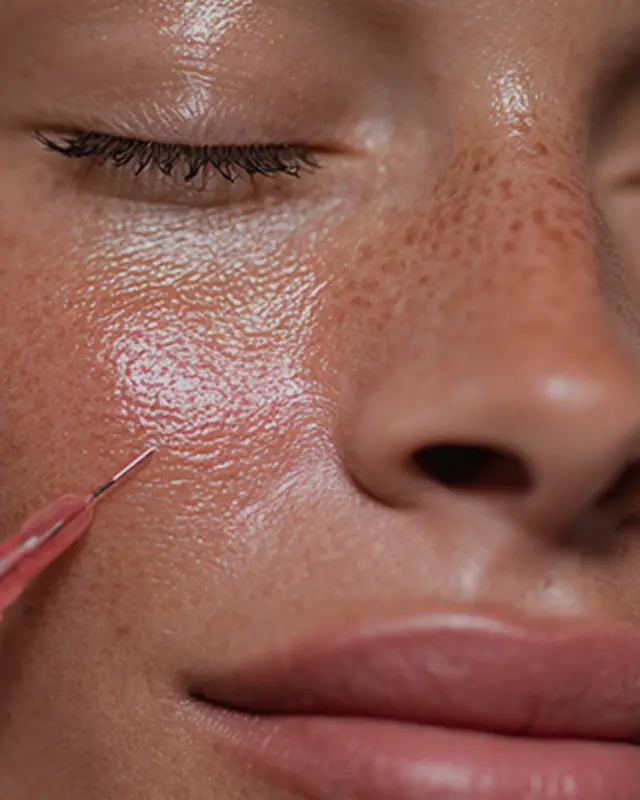Before salicylic acid peel treatment, people typically have concerns including active acne with papules, pustules or cystic breakouts; numerous blackheads and clogged pores; oily skin with large, visible pores; rough, uneven skin texture; dull, congested complexion; mild acne scarring or post-inflammatory hyperpigmentation; and overall skin that looks tired, oily or problematic. These concerns are usually moderate rather than severe, as salicylic acid peels work best for acne-prone and oily skin issues. After salicylic acid peel treatment, following completion of a recommended series (typically 4 to 6 peels spaced 2 to 4 weeks apart) and allowing time for full results to develop (usually assessed 4 to 6 weeks after the final peel), most appropriate candidates experience noticeable improvements. Common results include significantly clearer skin with reduced active breakouts; fewer blackheads and less congested pores; smaller-appearing, more refined pores; smoother, more even skin texture; brighter, more radiant complexion; reduced oiliness with better balanced skin; faded post-acne marks and more even tone; and overall healthier, clearer appearance. The degree of improvement varies depending on the severity of initial acne and concerns, with mild to moderate cases showing better clearance; skin type and oiliness level; the number of peels completed and peel strength used; concurrent skincare routine and acne treatments; adherence to post-peel care and sun protection; and realistic expectations about significant but gradual improvement. Some people achieve dramatic clearing of acne and blackheads with notably smoother, clearer skin, while others experience moderate improvement requiring continued maintenance. During the treatment process, appearance changes follow a pattern: immediately after each peel, skin may be pink or red; days 1 to 3 show continued redness with skin feeling tight; days 3 to 7 see possible light flaking as exfoliation occurs; days 7 to 14 reveal improved clarity and smoothness; and cumulative improvement builds across multiple peel sessions. Between peels, continued improvement occurs as cell turnover normalizes and pores remain clearer. Final results are best assessed several weeks after completing the peel series. Salicylic acid peels are particularly effective for blackheads and congestion, with many people seeing dramatic improvement in pore clarity; active acne, showing reduced breakouts and inflammation; oily skin, with better balance and refined pores; and texture, with noticeably smoother skin surface. The treatment provides more modest results for deeper acne scarring, which may require more aggressive interventions; severe cystic acne, which needs medical treatment; very dark hyperpigmentation, requiring additional targeted treatments; and non-acne skin concerns better addressed by other peel types. Your practitioner or dermatologist should provide realistic before and after photos from their own work showing typical results after complete peel series across different acne severity levels. Most people with oily, acne-prone skin and realistic expectations are very satisfied with salicylic acid peel results, finding significant improvement in skin clarity, texture and breakouts that makes the treatment series worthwhile. The peels provide particularly good results for people struggling with persistent blackheads and congestion that do not respond adequately to topical treatments alone. However, maintaining results requires ongoing appropriate skincare including gentle cleansing, suitable moisturization for acne-prone skin, consistent sun protection, and possibly regular maintenance peels every 1 to 3 months. For many people with acne-prone skin, salicylic acid peels become a valuable part of long-term acne management, providing periodic deep exfoliation and pore clearing that supports daily skincare efforts and helps maintain clear, healthy skin.



























